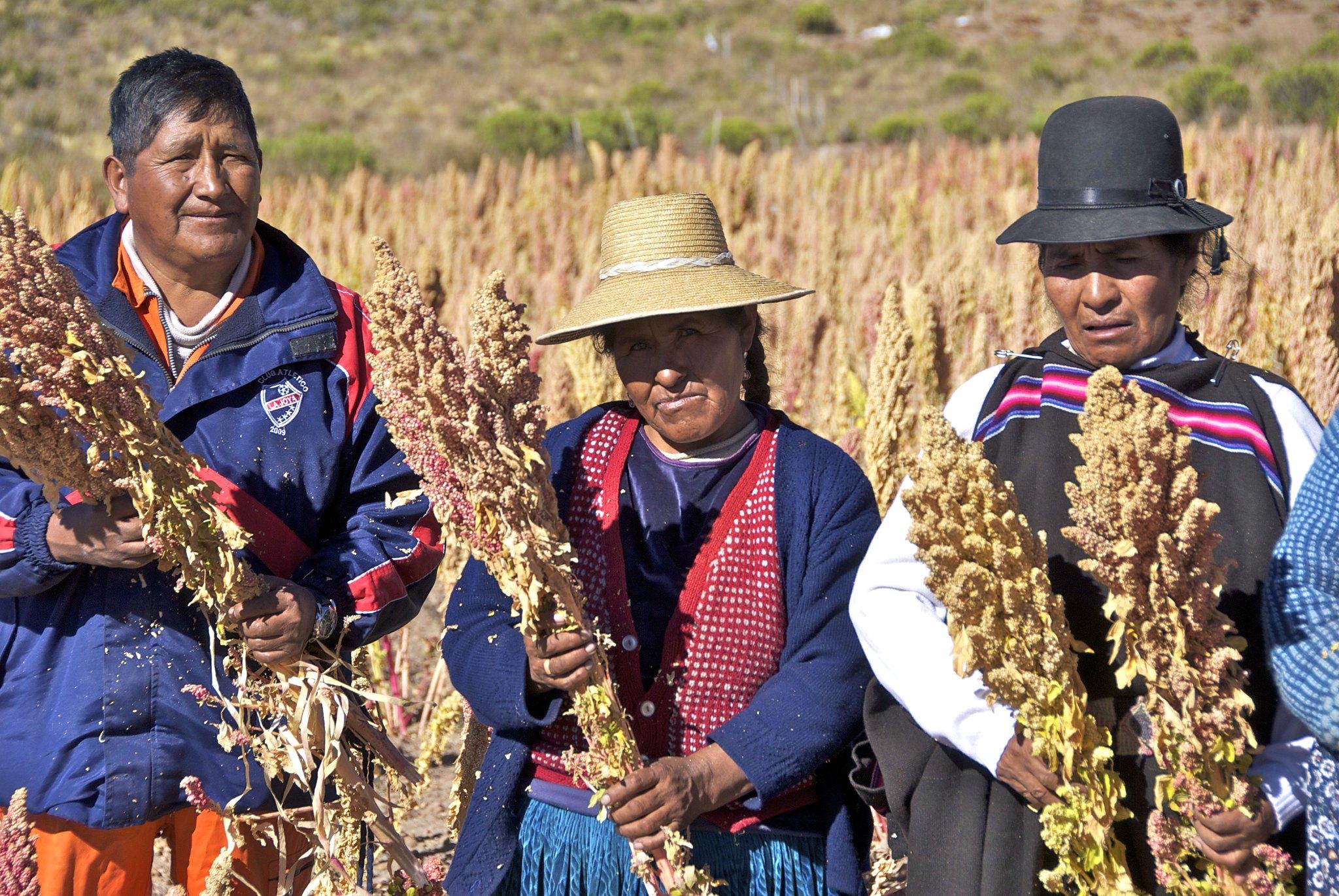Engaging gender equality in the economic productive sphere

This study, prepared by researchers working with the project, Creating Indigenous Women's Green Jobs Under Low-Carbon COVID-19 Respose and Recovery in the Bolivian Quinoa Sector, reviews the conceptual framework of the economic-productive sphere and of gender equality, the aim of which is to establish theoretical-practical lines allowing progress in engaging these two spheres.
In this context, the authors suggest equality in opportunities and in rights can be harmonized, though equality of “responsibilities, resources and retribution” by gender are more difficult to reconcile. Also, women’s (economic) empowerment – seen as a way of promoting gender equality – possesses a degree of relation with the theory of growth and wellbeing when an individual has the role of consumer, for which “capabilities” are needed for selecting valuable “functionings”.
However, the authors say that when such a woman takes on the role of worker, producer or businesswoman, her seeking of a high level of economic-productive performance does not imply that she is empowered, nor does the latter imply the former; though there may be a positive correlation between the two. On this basis, economic-productive interventions may harmonize with equality of opportunities by gender.
the document proposes an example in the agricultural sphere, where a given intervention that seeks to increase yield (for generating greater income) may harmonize very well with equality of opportunities by gender. This approach implies aiding members of families of women and/or men farmers in productive units who wish to participate in the intervention, with a differentiated perspective that favors those most in need, who may be mostly women. The approach may also be associated, to a certain degree, with empowerment: on the one hand, the generation of skills facilitates decision-making, and on the other, the environment factors may be included in the intervention as a component of its principal objective; e.g., in an environment of informal rules that limit the participation of women in the intervention.

